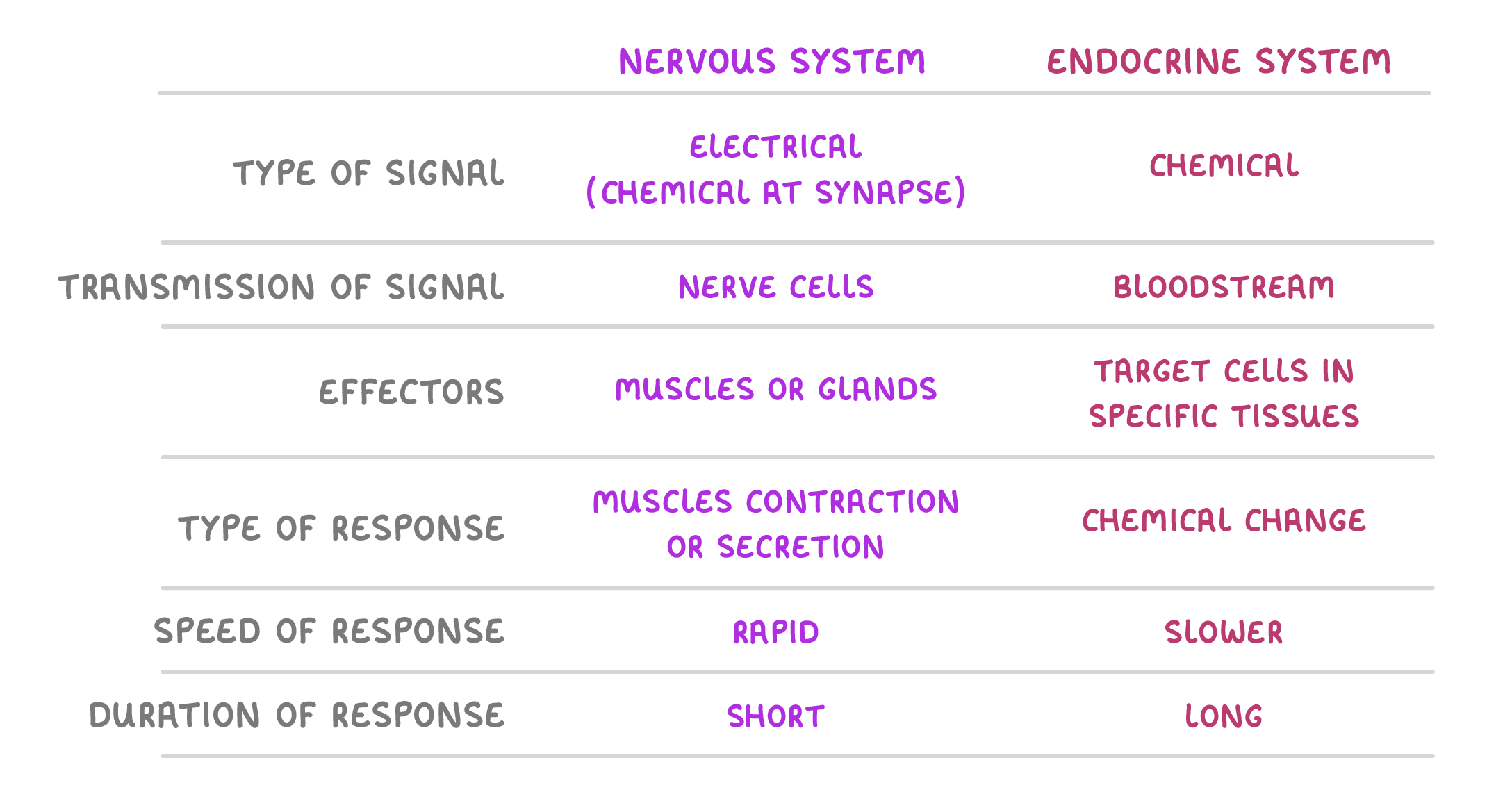Cognito Biology Flashcards Paper 2
1/12
There's no tags or description
Looks like no tags are added yet.
Name | Mastery | Learn | Test | Matching | Spaced |
|---|
No study sessions yet.
13 Terms
Homeostasis
What is homeostasis?
Homeostasis is the process of maintaining a stable internal environment, despite changing conditions.
Why is it important to maintain a stable internal environment within the body?
So that our cells and enzymes can function optimally, and not get damaged.
Name 3 internal conditions that homeostasis regulates.
Blood glucose concentration
Body temperature
Water levels
What is the difference between internal conditions and external conditions?
Internal conditions refer to the conditions inside the body, such as body temperature.
External conditions refer to the conditions outsidethe body, such as room temperature.
What is the role of a receptor?
A receptor detects stimuli (a change in the internal or external environment).
What is the role of a coordination centre?
A coordination centre interprets changes and organises a response.
Where are the coordination centres located in the body?
Brain.
Spinal cord.
Pancreas.
What is the role of an effector?
An effector brings about a response to restore optimum conditions.
What are the 2 types of effectors, and what do they do when stimulated?
Muscles - contract.
Glands - release hormones.
What is the nervous system?
The nervous system is a complex network of nerves that carry messages from the brain and spinal cord to and from various parts of the body.
What is the endocrine system?
The endocrine system is made up of glands that release hormones.
These hormones act as chemical messengers that allow communication throughout the body.
What is negative feedback?
Negative feedback is when a change in a system causes an action that reverses the change.
For example, a rise in temperature will cause a fall in temperature.
What are the key differences between the nervous system and the endocrine system?
